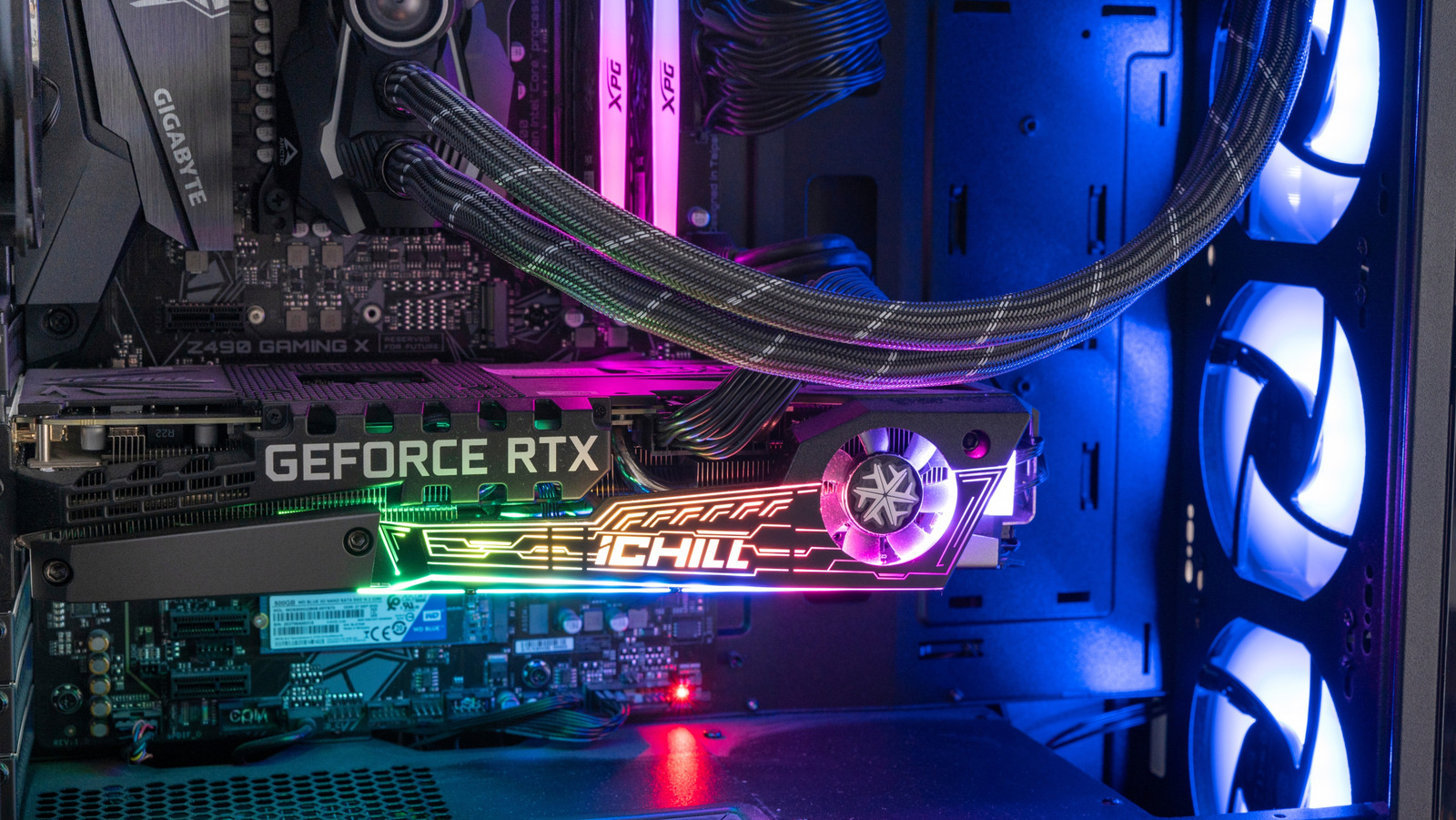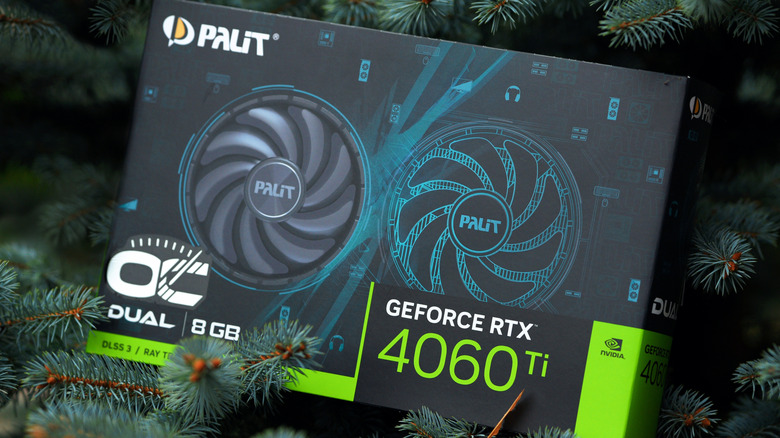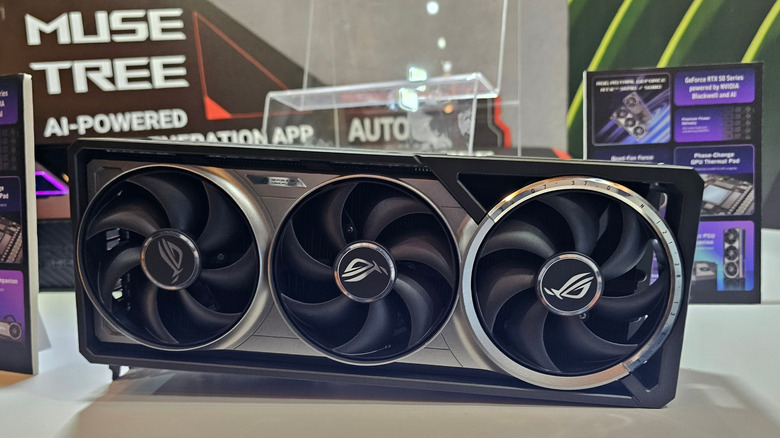With the latest Nvidia GPUs now available, it’s natural to consider an upgrade to a newer model. The RTX 50-series cards, which were among BGR’s best of CES 2025 picks, are worth taking a look at. Although the top-of-the-line models are performance powerhouses, don’t overlook the entry level cards, like the RTX 5050, which comes with all the same features as the pricier cards in the lineup.
New, exclusive features to the 50-series cards include the addition of upgraded machine learning-powered upscaling tech. Also available are upgraded AI cores that can push what’s possible when using creative software, making the 50-series cards a viable upgrade for gamers and creators alike. But is it worth upgrading?
When comparing the RTX 4060 with the RTX 5050, it’s clear that both GPUs are capable options when it comes to 1080p gaming. They are also affordable. Or, at least, more affordable than a 5090. If you’re a gamer, the reason to upgrade is that GPU prices moved closer to MSRP a few years ago. Plus, you’re going to get much better gaming performance from a new card. A higher, more stable framerate is a safe bet when upgrading. But when performance gains aren’t guaranteed by upgrading, what do you do?
The RTX 4060 is a better GPU
That’s not an opinion, it’s a fact. Based on head-to-head benchmarking, as seen on the RandomGaminginHD YouTube channel, the RTX 4060 is still a formidable GPU that can compete with Nvidia’s latest Ada Lovelace architecture GPUs. All the hype surrounding the Nvidia RTX 40 series reveal paid off, it seems.
When running the same game on 1080p with the ultra or RT preset, the RTX 4060 outmaneuvered the RTX 5050 card, showing that newer isn’t always better. For example, when playing “Baldur’s Gate 3,” the RTX 4060 had a framerate of 109 frames per second (FPS) compared to the 5050’s 101 FPS. In “Red Dead Redemption 2” and “Grand Theft Auto V,” the 4060 did better by 6 and 5 frames, respectively.
Granted, in games like “The Witcher 3: Wild Hunt” and “Cyberpunk 2077,” the RTX 5050 performed as well or better than the 4060. What’s worth noting is that the 5050 is a newer, pricier card that consumes more power. Based on price, performance, and power consumption, the RTX 5050 is not better than the 4060 on paper.
Upgrade to the RTX 5050 if you want the latest features
Despite being outgunned by the older RTX 4060 card, the RTX 5050 comes with new features that make it an enticing upgrade. The 5th Gen Tensor Cores improve AI performance, with the RTX 5050 having 421 AI trillions of operations per second (TOPS) compared to the 4060’s 242 AI TOPS. That may not matter much if you only need a high-end GPU for gaming, but it’s a big deal for creators, many of whom use creative software like Photoshop, DaVinci Resolve, and Blender.
The new DLSS 4 with Multi Frame Generation is another feature to get excited about. When combined, these two features can supercharge your gaming experience, significantly increasing frame rates and stability. While using AI to upscale gameplay and create new frames out of thin air can lower image quality and introduce latency, the higher FPS is a worthwhile trade-off.
If this doesn’t get you excited, you’re probably fine with your RTX 4060. But, if you can overlook a performance downgrade in exchange for the latest tech, the RTX 5050 is worth the upgrade.












